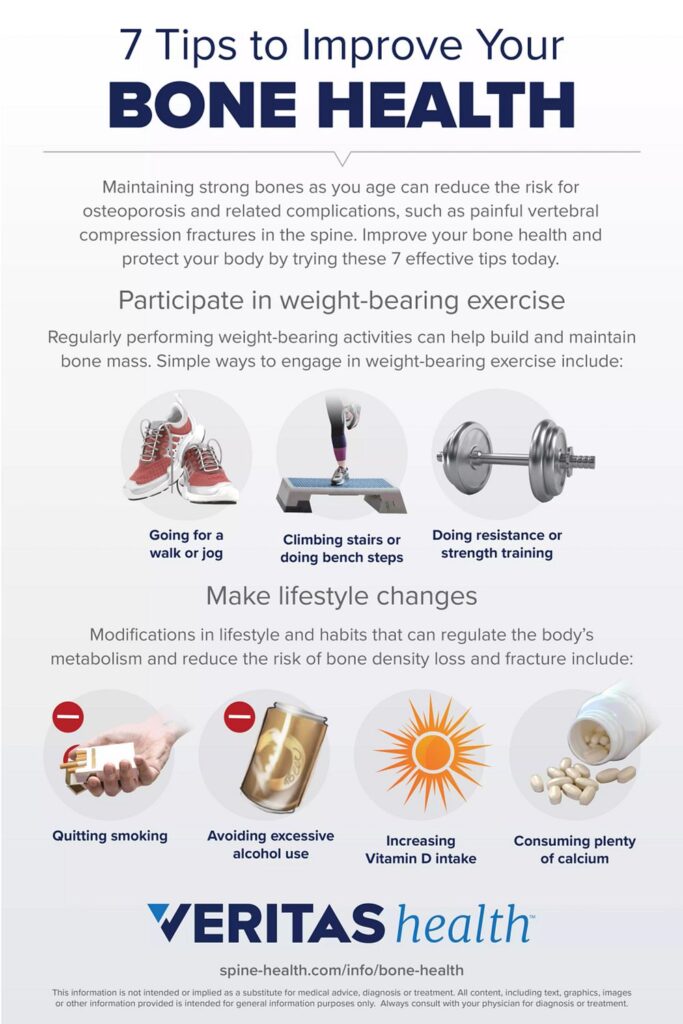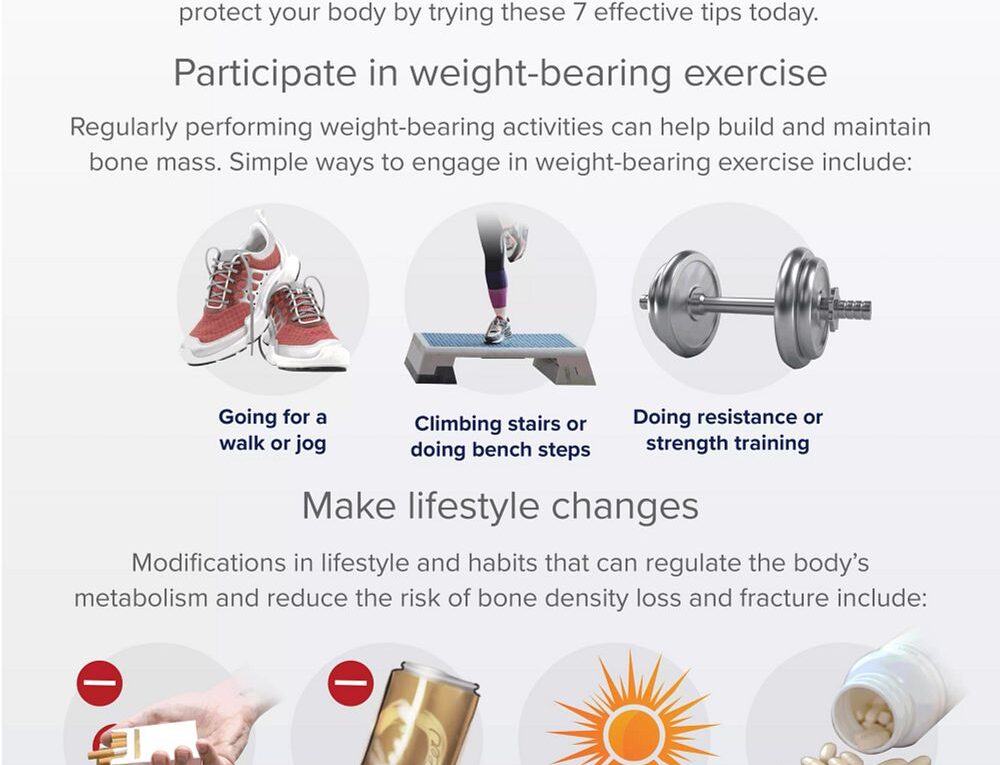Regular Exercise: A Key to Boosting Bone Health in Individuals with Osteoporosis
Expert panel’s consensus statement urges individuals with osteoporosis not to forgoing physical exercise altogether.
Encourage them to exercise more frequently rather than less, with muscle strengthening exercises taking place on two to three days per week and short bursts of moderate impact activities, like Zumba, aerobics or jogging taking place daily.
Individuals who have already experienced a vertebral fracture or are elderly and frail should include lower impact exercise up to brisk walking level for 20 minutes every day, in their daily schedule.
Spinal fractures and hip fractures can seriously impair independence and shorten lifespan, while vertebral fractures often result in long-term discomfort.
Exercising regularly has many health advantages for individuals with osteoporosis. Exercise improves posture, decreases the risk of falls and fractures, strengthens bones, as well as improving general physical and mental wellbeing, so it is vital that they don’t miss out on these important health advantages.
Concerns over what kind of physical activity individuals with osteoporosis or at risk thereof can safely engage in, particularly later in life or when bones have already weakened significantly, have discouraged individuals with the condition from engaging in regular physical activity out of fear that doing so would worsen it or lead to fractures.
To help clear away any confusion, an international multidisciplinary expert panel reviewed existing evidence. After considering multiple expert clinical and patient opinions, this expert group came to an agreement on several recommendations designed to maximize bone health while decreasing fracture risk among those living with osteoporosis.
Important recommendations included herein include:
Impact exercises and progressive resistance training that include major muscle groups can increase bone strength.
Resistance training should ideally make use of resistance weights or machines, gradually building up to heavy loads that can be lifted 8-12 times without effort. Rowing, circuit training, yoga or Pilates sessions, sit to stands, stair climbing as well as gardening heavy housework or DIY can also provide good ways to strengthen muscles.
Examples of impact exercises include Zumba, Scottish dancing, aerobics, jumping and running as well as ball games such as tennis. Yoga, Pilates and Tai chi can help reduce the risk of falls; referral to recognized programs for fall prevention is also helpful.
Spinal extension exercises for improving posture and potentially decreasing the risk of vertebral fractures and falls can reduce risk factors by strengthening and lengthening spine muscles, including picking up heavy objects, doing curl-ups or toe touches without bending at hips and knees.
Individuals who have experienced prior fractures of the vertebrae, are elderly or frail, or exercise up to an impact equivalent to brisk walking should limit exercise to an impact equal to that of walking briskly, for those at high risk for falls it is recommended they begin with targeted strength and balance training programs to build strength and prevent falls.
Breathing and pelvic floor exercises may help relieve symptoms caused by severe curvatures of the spine.
Exercise could assist those living with vertebral fractures to alleviate pain and enhance mobility and quality of life, with optimal guidance from physiotherapists ensuring correct posture is maintained for successful return to regular activities.
Exercise and physical activity play an integral role in supporting bone strength, decreasing risk of falls, and managing vertebral fracture symptoms, so should form part of an overall lifestyle approach that includes adequate vitamin D/calcium consumption as well as no smoking/drinking and reduced alcohol consumption.
Individuals living with osteoporosis should be encouraged to engage more in physical activities rather than less. Recent evidence shows that exercise and physical activity is not linked with significant harms, including vertebral fracture. Instead, its benefits usually outweigh its risks.
Though specific kinds of exercise might be the most beneficial, even minimal physical activity should offer some benefit. Health professionals should avoid restricting activity based on fracture thresholds or bone mineral density as this could discourage people from engaging in physical activity. Individuals suffering painful vertebral fractures need prompt and clear guidance regarding how they should adapt daily movements into everyday living activities.

